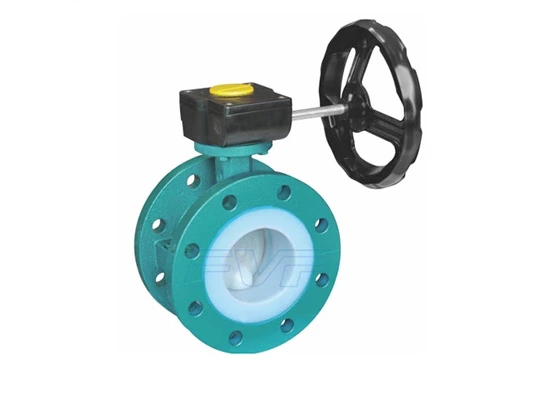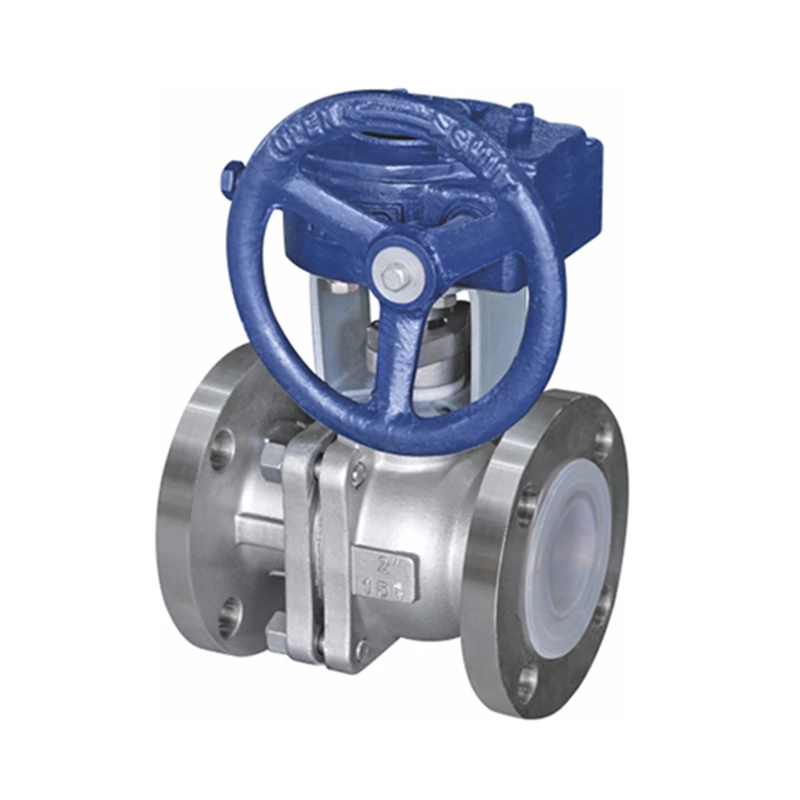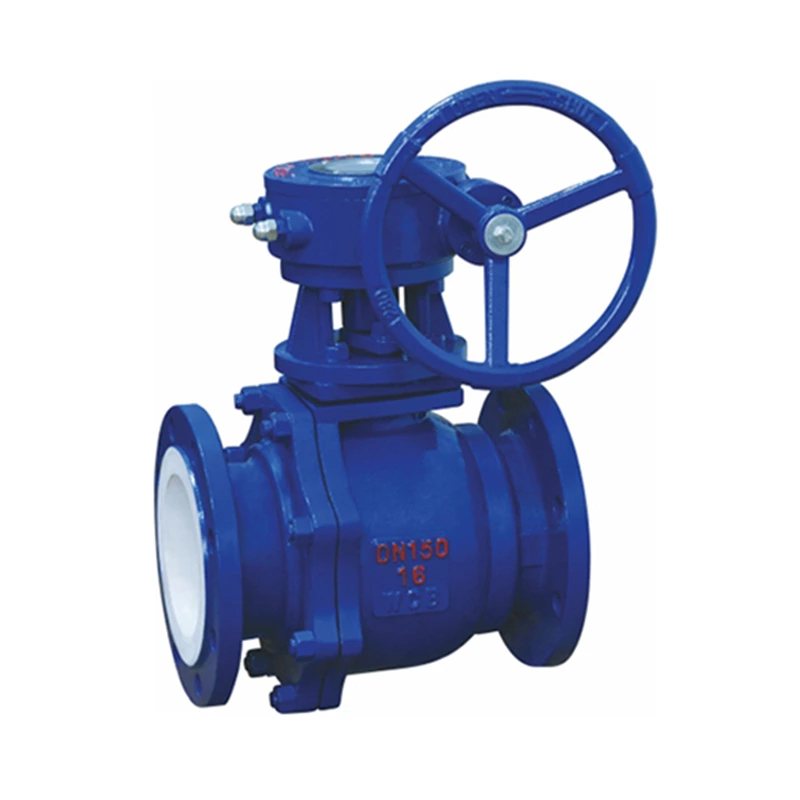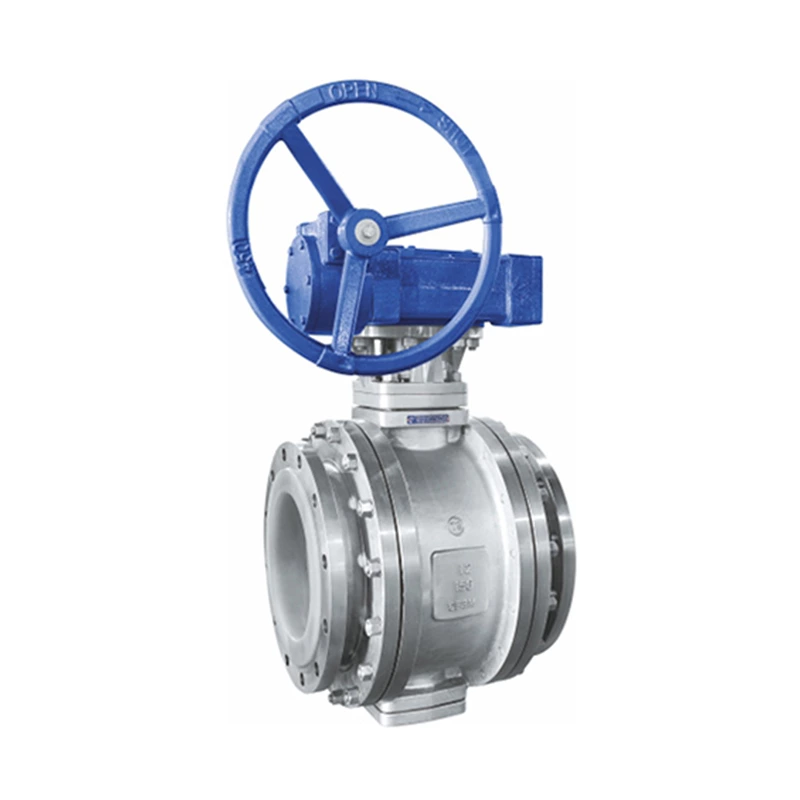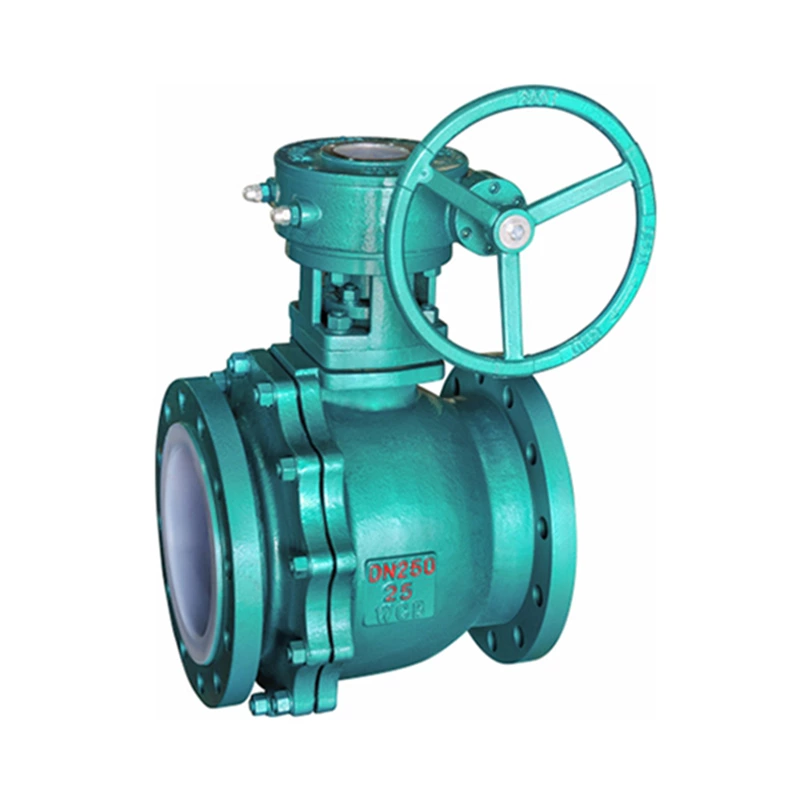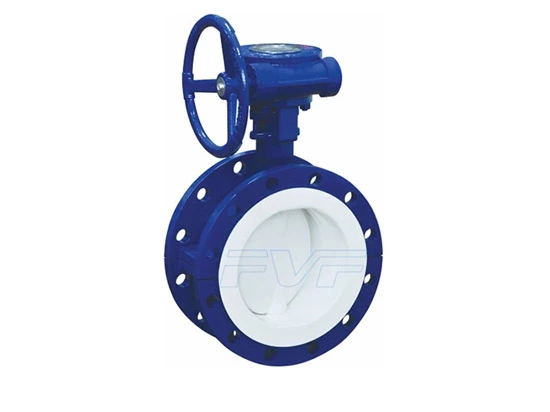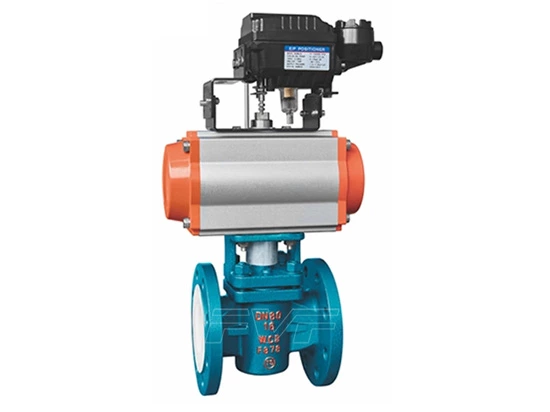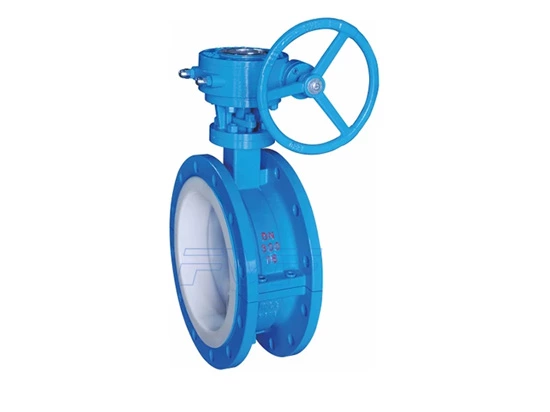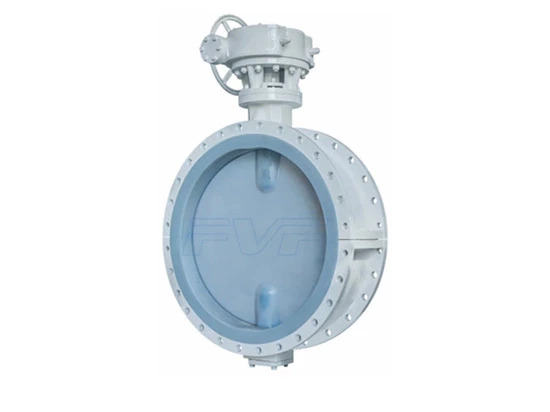What Are The Differences Between Fluorine-lined Valves And Rubber-lined Valves (what Materials Are They Made Of)
With the rapid development of modern industry, fluorine-lined valves and rubber-lined valves and various pipeline accessories have been rapidly applied and promoted in various fields such as petroleum, printing and dyeing, and chemical industry, showing strong vitality. As the preferred project in the project, it has attracted great attention and favor from various engineering design units and construction units. It is a promising product with great market potential. Then let's take a look at the differences between fluorine-lined valves and rubber-lined valves.
1. Rubber-lined valves: Rubber-lined valves are used to control non-corrosive or generally corrosive and highly corrosive media. The inner surface of the valve body is unlined or covered with various optional rubbers, which are suitable for various working temperatures and fluid pipelines.
2. Lined Valve: Fluorine-lined valves, also known as fluoroplastic-lined corrosion-resistant valves, are polytetrafluoroethylene resins (or processed profiles) that are molded (or inlaid) on the inner wall of steel or iron valve pressure-bearing parts (the same method is applicable to the lining of various pressure vessels and pipeline accessories) or the outer surface of valve internals, and various valves are made using their unique performance in resisting highly corrosive media.
3. Types of rubber-lined valves: The main lining materials of rubber-lined valves are: butyl rubber, natural rubber, EPDM, chloroprene rubber, nitrile rubber, fluororubber, silicone rubber, hard rubber, soft rubber, etc.
4. Types of fluorine-lined valves: The main lining materials of fluorine-lined valves are: polytetrafluoroethylene FEP (F46), polytetrachloroethylene PTFE (F4), polytrifluoroethylene PCTEF (F3), polyvinylidene chloride PVDF (F2), polypropylene RPP, polyvinyl chloride (hard) PVC, polyolefin PO, etc. Pneumatic valves
What are fluorine-lined valves
Fluorine-lined valves, also known as fluoroplastic-lined corrosion-resistant valves, are made by molding (or inlaying) polytetrafluoroethylene resin (or processed profiles) on the inner wall of steel or iron valve pressure-bearing parts (the same method is applicable to the lining of various pressure vessels and pipeline accessories) or the outer surface of valve internals, and using its unique performance in resisting strong corrosive media to make various valves and pressure vessels.
What material is the fluorine-lined valve made of?
Fluorine-lined valves are lined in all places where the medium can reach the valve body. The lining material is generally fluoroplastics such as FEP (F46) and PCTFE (F3). It can be used in pipelines with various concentrations of sulfuric acid, hydrochloric acid, hydrofluoric acid, aqua regia, various organic acids, strong acids, strong oxidants and other corrosive media. However, fluorine-lined valves are more limited by temperature (only suitable for media between -50℃ and 150℃). Valves that can be made with fluoroplastic linings include: fluorine-lined butterfly valves, fluorine-lined ball valves, fluorine-lined stop valves, fluorine-lined diaphragm valves, fluorine-lined gate valves, fluorine-lined plug valves, etc.
What is a rubber-lined valve?
Rubber-lined valves are used to control non-corrosive, generally corrosive and highly corrosive media. The inner surface of the valve body is unlined or covered with various fluoroplastics and various rubbers that can be selected. It is suitable for various working temperatures and fluid pipelines.
Rubber-lined valves are control components in pipeline fluid delivery systems. They are used to change the passage section and the flow direction of the medium. They have functions such as diversion, shutoff, regulation, throttling, check, diversion or overflow.
Application of rubber-lined valves
Valves used for fluid control, from the simplest shutoff valves to various valves used in extremely complex automatic control systems, have a wide variety of varieties and specifications. The nominal diameter of the valves ranges from extremely small instrument valves to industrial pipeline valves with a diameter of up to 10m. Valves can be used to control the flow of various types of fluids such as water, steam, oil, gas, mud, various corrosive media, liquid metals and radioactive fluids.
What material are rubber lined valves made of?
Main lining materials of rubber lined valves [butyl rubber, natural rubber, EPDM, chloroprene rubber, nitrile rubber, fluororubber, silicone rubber, hard rubber, soft rubber];
Applicable media for rubber lining: hydrocyanic acid, 50% fluosilicic acid, hydrochloric acid, 30% sulfuric acid, 50% hydrofluoric acid, 85% phosphoric acid, alkali, salts, metal plating solution, sodium hydroxide, potassium hydroxide, neutral salt solution, 10% sodium hypochlorite, wet chlorine, ammonia, most alcohols, organic acids and aldehydes, cement, lime slurry, vegetable oil, elemental gas, ethers, ketones, esters, desalted water, purified water and other media except strong oxidants (such as nitric acid, chromic acid, concentrated acid and hydrogen peroxide, etc. and organic solvents);
